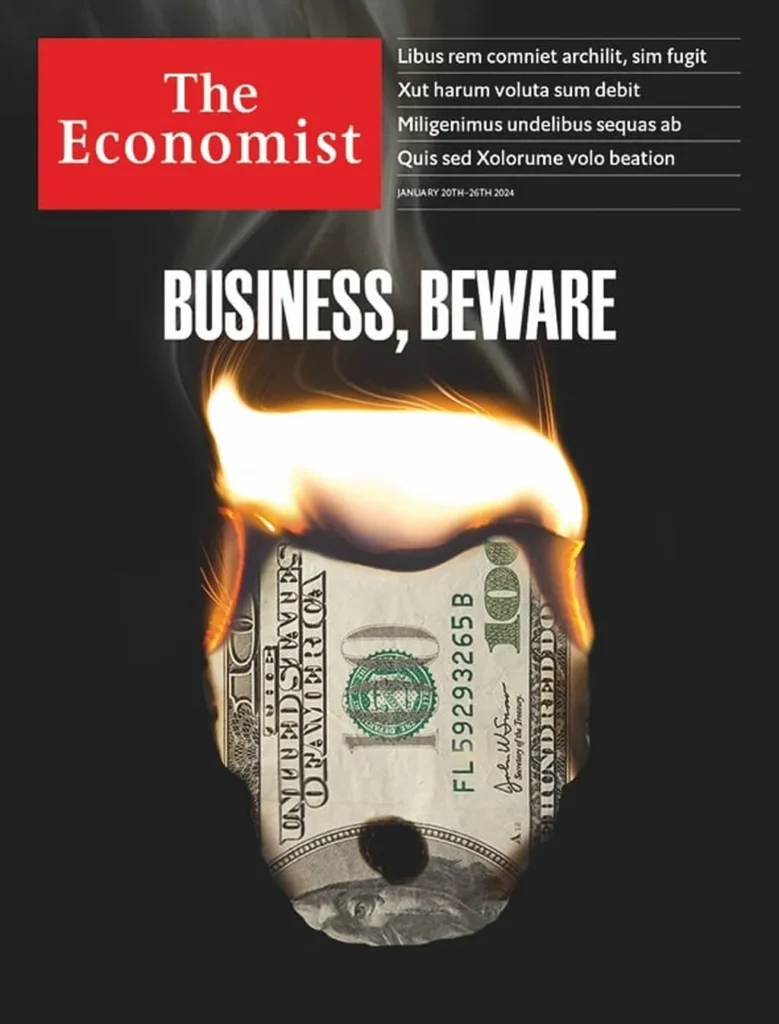In the heart of Seoul, two palaces stand as silent witnesses to Korea’s tumultuous history, each telling a different story of heritage and identity. Gyeongbokgung and Changdeokgung, both symbols of Korea’s rich past, are at the center of a compelling study led by Hyun Chul Youn of Kyungpook National University, published in the *Journal of Asian Architecture and Building Engineering* (known in English as the *Journal of Asian Architecture and Building Engineering*). This research isn’t just about bricks and mortar; it’s about how we remember, reinterpret, and even commercialize history.
Youn’s study dives into the contrasting narratives surrounding these two UNESCO-listed palaces, revealing how heritage isn’t just about preserving the past but also about adapting it to the present. “Gyeongbokgung embodies symbolic and memory-based values that align with adaptive heritage principles,” Youn explains. “It reflects Korea’s postcolonial and modern political transformations in a way that Changdeokgung, with its emphasis on authenticity and integrity, does not.”
The study employs a novel approach, analyzing over 90,000 news articles to understand how these sites are represented in public discourse. This method, known as text mining, offers a unique lens to observe how heritage is interpreted and commercialized. Changdeokgung, with its pristine authenticity, fits neatly into the conventional heritage frameworks, what Youn refers to as the “Authorized Heritage Discourse (AHD).” Gyeongbokgung, however, challenges these norms. Its partial reconstruction and complex restoration history make it a site of historical rupture and symbolic reappropriation, offering a more dynamic and evolving narrative.
So, what does this mean for the energy sector and commercial impacts? Heritage sites are not just cultural symbols; they are economic drivers. Tourism, cultural events, and even historical reenactments can significantly boost local economies. By embracing adaptive heritage principles, sites like Gyeongbokgung can attract a broader range of visitors and investments. “The cultural and interpretive potential of Gyeongbokgung as adaptive heritage can drive new forms of engagement and economic activity,” Youn notes.
Moreover, this research calls for a more inclusive and context-sensitive approach to heritage evaluation. It challenges the rigid criteria set by UNESCO and other heritage bodies, advocating for a more nuanced understanding of heritage that values memory and symbolism as much as authenticity. This shift could open up new opportunities for heritage sites worldwide, particularly in East Asia, to leverage their unique historical narratives for economic and cultural growth.
Youn’s study is a reminder that heritage is not static; it evolves with us. As we continue to grapple with our past and present, sites like Gyeongbokgung offer a powerful example of how adaptive heritage can shape our collective memory and drive future developments. In the words of Youn, “This study contributes to ongoing debates about authenticity and heritage evaluation, calling for more inclusive and context-sensitive approaches to World Heritage recognition.”

